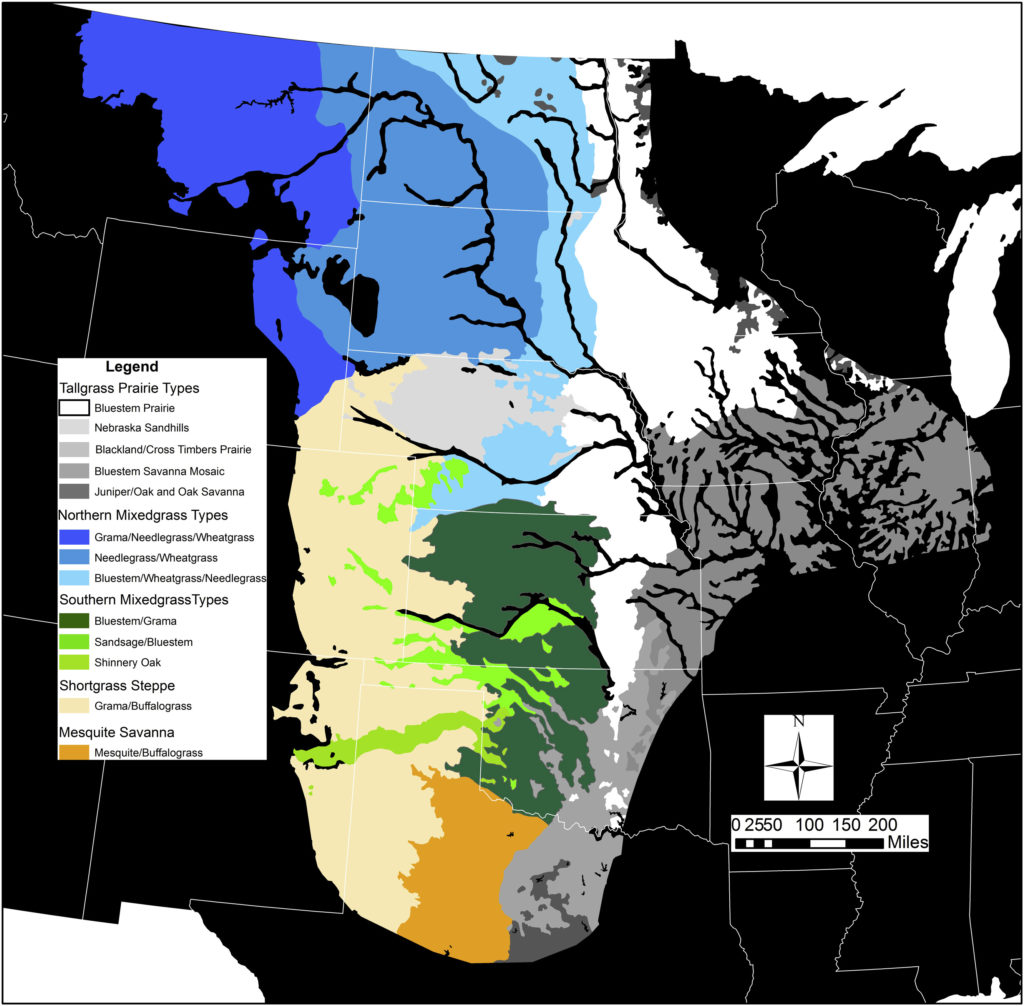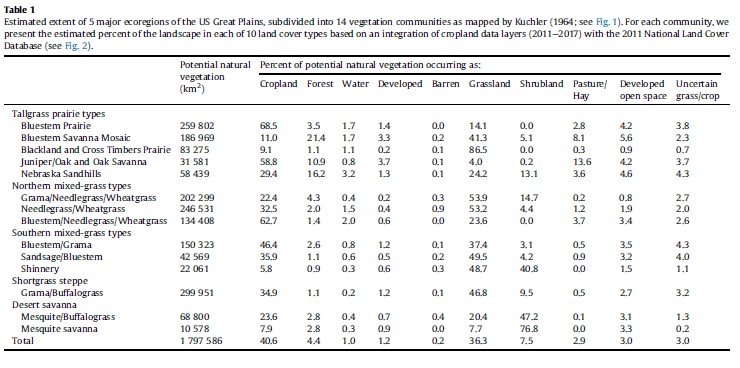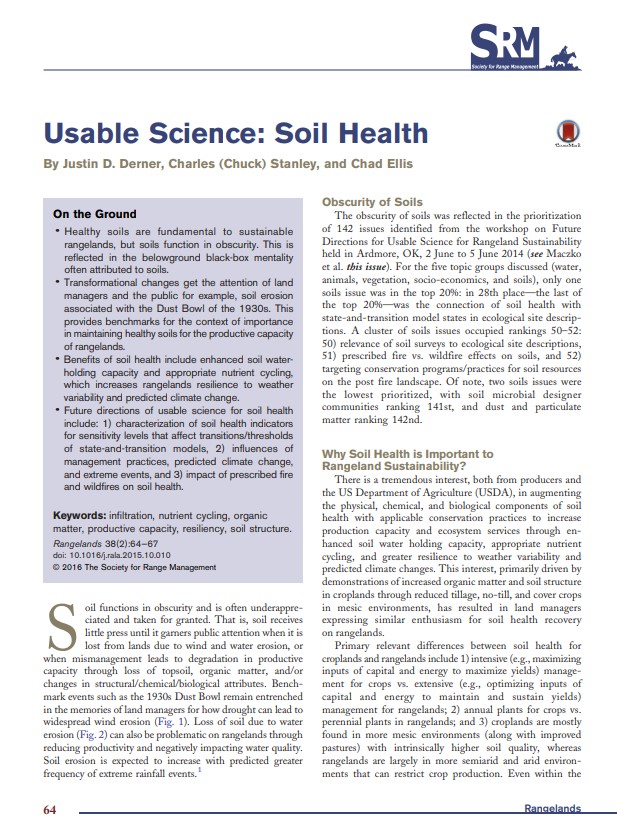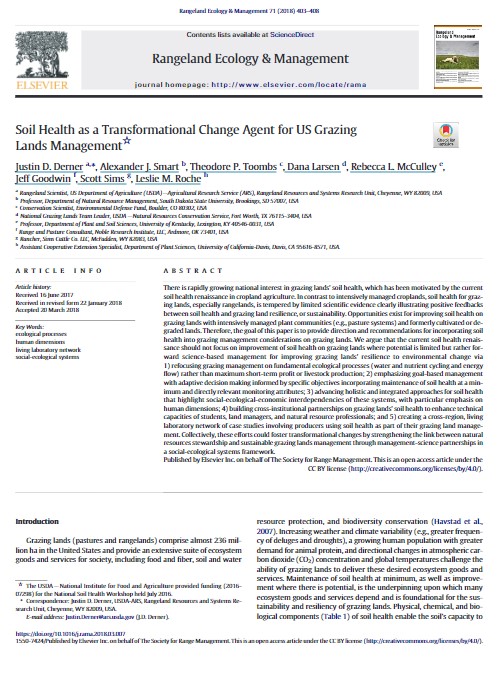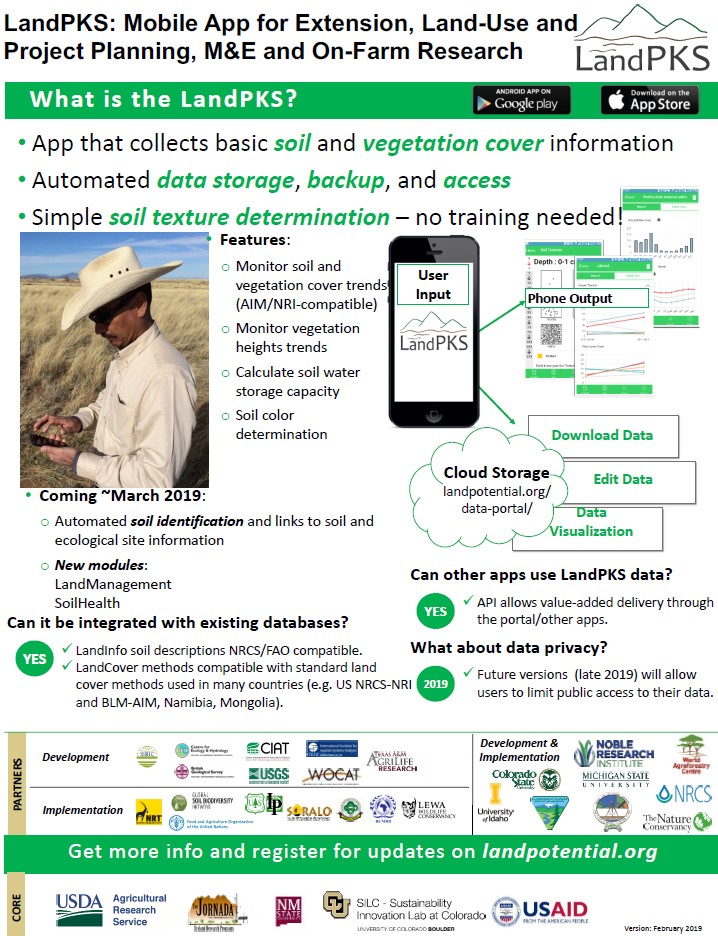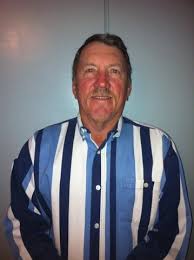This amazing class at TAMU RWFM is focused on Communicating Natural Resources. It covers principles for effectively sharing natural resource science with diverse stakeholders, building essential skills for careers in rangeland, wildlife, and fisheries management. Topics include audience analysis, mixed-media presentations, and interpersonal communication tailored to natural resource contexts. Check out 2025 spring semester’s capstone project!




